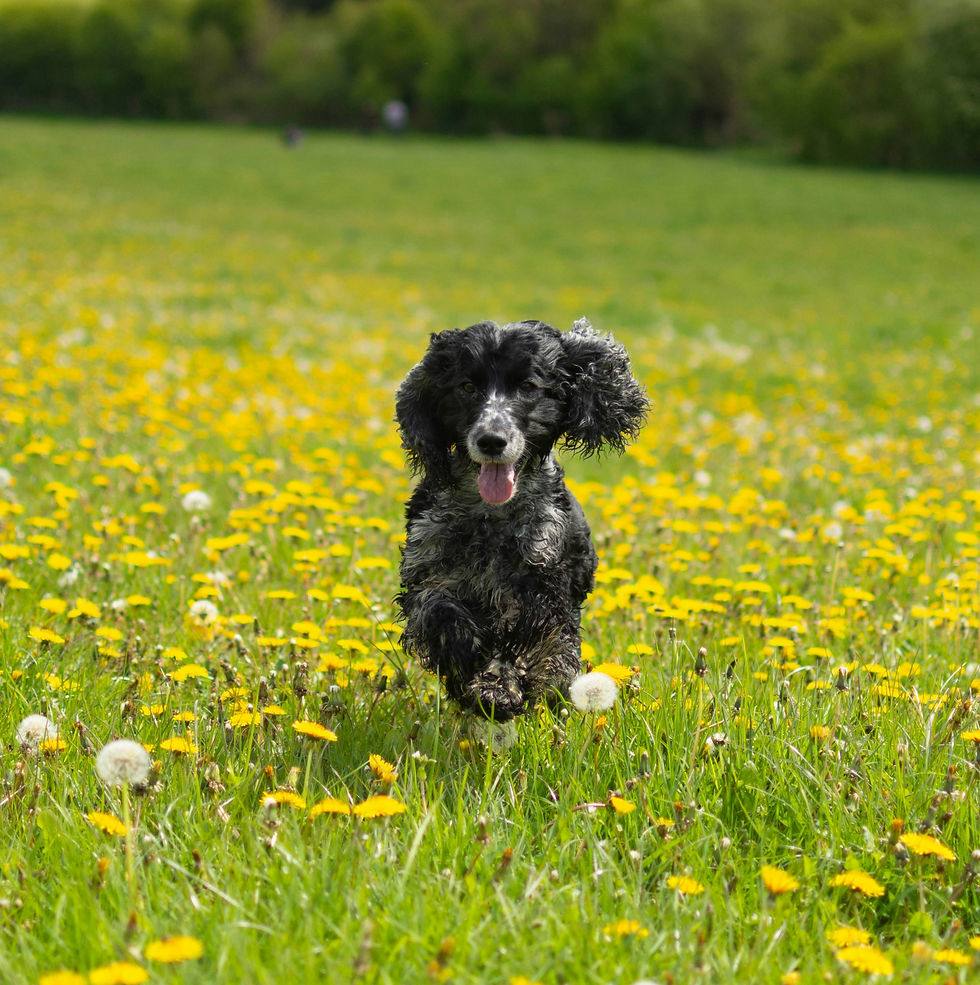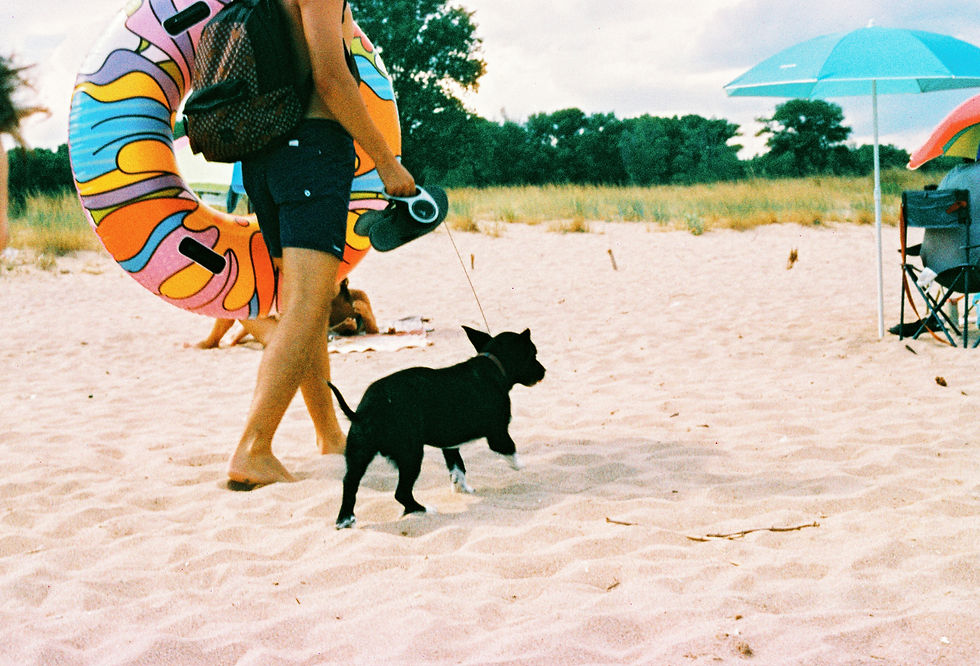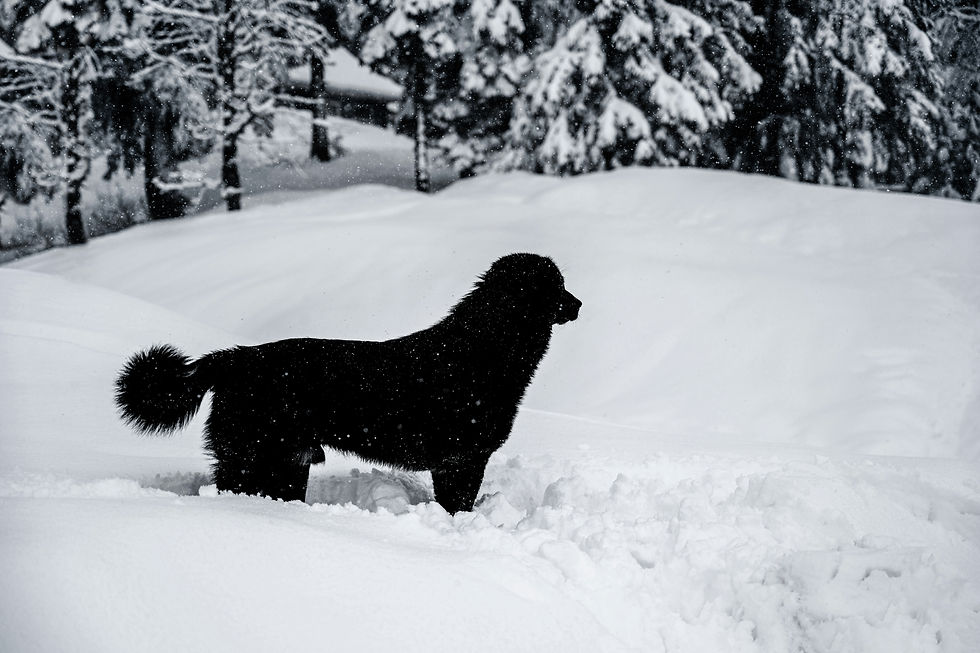As the seasons change, so do your pet’s needs. Just like us, our furry friends are affected by shifts in temperature, humidity, and daylight hours. Whether it's the heat of summer or the chill of winter, it's important to adjust your pet care routines to keep them healthy, comfortable, and active all year long. In this blog, we’ll provide tips on how to adapt your pet’s exercise, grooming, and overall care according to the season.
Spring: Preparing for Allergies and Warmer Weather
Spring brings warmer temperatures and blooming flowers, but it also comes with seasonal challenges like allergies, pests, and mud. Here’s how to adjust your pet care routine during the spring months:

1. Watch for Allergies
Just like humans, pets can suffer from seasonal allergies. Symptoms can include sneezing, itchy skin, watery eyes, and excessive scratching. If your pet is prone to allergies, consult your vet about the best course of treatment, which may include antihistamines or special shampoos.
2. Grooming for Muddy Paws and Shedding
Spring can be muddy, so it's important to keep your dog’s paws clean after walks. Consider using paw wipes or a shallow bowl of water to rinse off any dirt or chemicals, like road salt, they might have picked up. Spring is also shedding season for many pets, so regular brushing is essential to help them shed their winter coat and keep your home clean.

3. Adjust Exercise as Temperatures Warm Up
With the warmer weather, it’s time to increase your dog’s outdoor exercise after the slower winter months. Be mindful not to overdo it if they’ve been less active during the colder months, and start with shorter, more frequent walks to gradually build their stamina.
Summer: Managing Heat and Hydration
The hot summer months can be tough on your pet, especially for those with thick coats or breeds prone to overheating. Here’s how to keep them safe and active during the summer:

1. Keep Hydration a Top Priority
Heat can cause dehydration quickly, so always ensure your pet has access to fresh water both inside and during outdoor activities. Carry water and a collapsible bowl for walks, hikes, or trips to the park.
2. Avoid Hot Pavements
Pavement and asphalt can become scorching hot in the summer sun, which can burn your dog’s paw pads. Walk your dog early in the morning or late in the evening when temperatures are cooler, and avoid walking on hot surfaces.
3. Provide Shade and Cooling Options
If your pet spends time outdoors, make sure they have access to shade and fresh water at all times. Consider setting up a kiddie pool or using cooling mats to help your pet beat the heat. Indoor pets can also benefit from air conditioning or fans during particularly hot days.

4. Adjust Exercise to Cooler Times
Try to exercise your dog during the cooler parts of the day, such as early mornings or late evenings. Limit high-energy activities in the middle of the day when the heat is most intense to prevent overheating or heatstroke. Opt for shaded areas, like parks with trees, for walks and playtime.
Fall: Preparing for Cooler Days and Pests
As the temperature begins to cool and leaves start to fall, autumn brings its own set of seasonal adjustments. Fall is a great time to enjoy the outdoors with your pet, but be aware of the challenges that come with the season.

1. Watch for Ticks and Fleas
While temperatures may be dropping, pests like ticks and fleas can still be active in the fall. Continue to use flea and tick prevention, and thoroughly check your pet’s fur after outdoor adventures, especially if you’ve been hiking or walking through wooded areas.
2. Adjust Grooming for Seasonal Shedding
Just like in spring, fall is another season when many pets shed their coats in preparation for winter. Regular brushing helps remove dead fur and prevents mats from forming. This is also a great time to check for any skin issues that may arise with the change in weather, such as dryness or irritation.
3. Keep Up with Exercise
With cooler temperatures, fall is the perfect time for outdoor activities like hiking, long walks, or playing fetch in the park. However, keep an eye on how much daylight is left during your walks, as shorter days can lead to nighttime walks earlier than expected. Reflective gear and proper lighting can help keep you and your pet safe in lower visibility.
Winter: Staying Warm and Active in the Cold
Winter can be a challenging season for pets, especially for those living in colder climates. It’s important to adapt your pet care routine to keep them warm, healthy, and active throughout the chilly months.

1. Keep Them Warm
For pets with short coats, consider investing in a warm jacket or sweater for outdoor walks. Booties can also protect your dog’s paws from ice, snow, and salt on sidewalks, which can be harmful to their sensitive paw pads. Be sure to wipe their paws after walks to remove any salt or chemicals that might have stuck to them.
2. Adjust Exercise for Cold Weather
Cold weather can limit outdoor activity, but that doesn’t mean your pet should stop exercising altogether. If it’s too cold for long walks, consider breaking exercise into shorter, more frequent sessions or play indoor games like fetch or tug-of-war to keep them active. For dogs that love snow, winter can be a fun time to play outside, but limit their exposure to extremely cold temperatures.
3. Prevent Weight Gain
With less outdoor activity, pets are at risk of gaining weight during the winter. Monitor your pet’s food intake and adjust it according to their activity levels to prevent winter weight gain. Indoor enrichment activities like puzzle toys and training games can help keep them mentally and physically active even when it’s cold outside.

4. Watch Out for Winter Hazards
Winter comes with unique hazards like antifreeze spills, which can be lethal if ingested by pets. Keep an eye out for dangerous chemicals, and always store hazardous materials out of your pet’s reach. Additionally, be mindful of ice, as it can lead to slips and injuries for both you and your dog.
Each season brings new challenges and opportunities for your pet’s health and happiness. By adjusting your pet care routine according to the season, you can ensure your furry friend stays comfortable, active, and healthy year-round. Whether it’s protecting their paws from hot pavement in the summer or bundling them up in the winter, seasonal care is all about responding to your pet’s unique needs and helping them thrive in every season.

Credit to Philly's Paws & Claws LLC.

Comments